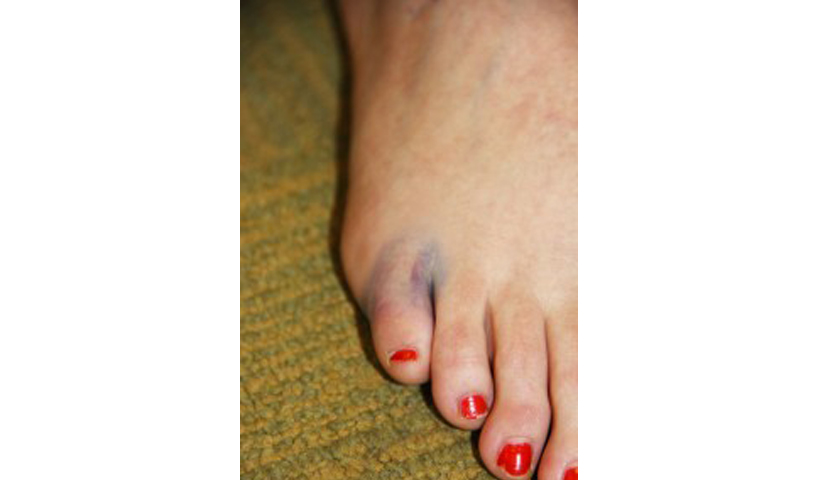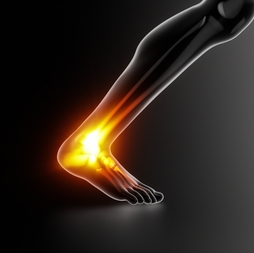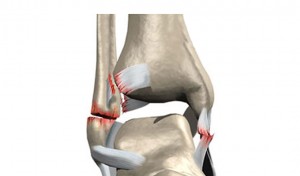Treating any health condition accurately is extremely important for a successful recovery. If the condition you are dealing can present as another condition and you treat it as if it were the look-alike condition, the real issue will not improve. It would be like trying to fix a wobbly door by oiling the hinges. The door may swing more smoothly, but the problem is loose hinges that need to be tightened. When injuries in the body resemble each other, you risk accidentally missing the true condition. This is what makes a Lisfranc injury so hard to manage.
Like a Sprain
The Lisfranc joint complex is found in the middle of the foot, where the tarsal bones meet the metatarsals. This area is crucial for distributing force from the calf muscle forward when you take a step. The little bones are held in place by ligaments that stretch across and down the foot, stabilizing and supporting the area. The first and second metatarsal, however, do not have connective tissue that binds the two together, making them more likely to dislocate or break when the midfoot is placed under extreme pressure. That painful issue severely weakens the midfoot and compromises your lower limb stability.
The problem is that the condition is hard to identify, since it resembles an ankle sprain in how it happens and where it hurts. It’s often caused by an indirect force, like a twisting fall, and can range in severity. Sometimes the damage is very much like a sprain—the connective tissues holding the joint strain or tear. However, other times the bones in the area fracture or dislocate from their natural position. This causes swelling and pain. Sometimes the arch bruises or blisters and the foot seem to widen. Though it may be painful, many people can still walk at least somewhat after incurring a Lisfranc injury. Between having similar symptoms to ankle sprains and being hard to see on X-rays, the problem can easily be misdiagnosed or missed altogether.
Resolving the Real Problem
Since the condition can be missed, it has a high risk for complications and serious long-term weakness. If you think you sprained your ankle or foot, but the symptoms are not getting better after several days, you may have a Lisfranc injury. You will need to have it examined right away. Our podiatrists will evaluate your foot thoroughly and take a closer look through one or more diagnostic images to be sure the diagnosis is correct. Once they have determined that you do have a midfoot injury, and how severe the problem has become, they can help you decide on the best path for treatment.
If you do not have a fracture or dislocation compromising the joint’s integrity, and the ligaments are not completely torn, conservative treatment may be your most successful option. Your foot will need to be completely immobilized without bearing weight for several weeks. The midfoot is so critical for distributing weight forward, and any pressure on it adds to the damage, so you will need to avoid using that foot at all until the doctor determines it has healed enough. Even then, the return to weight-bearing will most likely be a slow and careful transition. For more serious damage, you will most likely need surgery. After that you will still need to keep the foot completely still in a non-weight bearing cast for several weeks. Then you will most likely need physical therapy to regain your strength and stability.
The Lisfranc joint is an invaluable player in your lower limbs. When it becomes damaged, your mobility suffers and you must deal with the pain. The injury needs to be treated promptly—an untreated problem can result in chronic weakness and even deformity. If your midfoot is painful and swollen, especially if other treatment does not seem to help, contact our office for an appointment either by phone or using the MAKE AN APPOINTMENT form at the top of this page.




